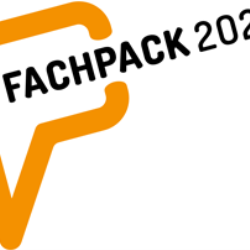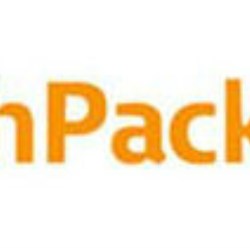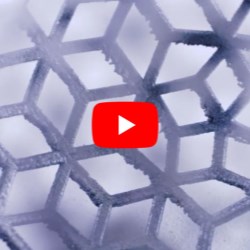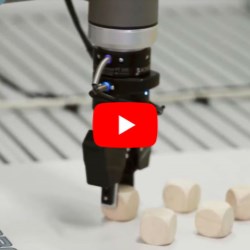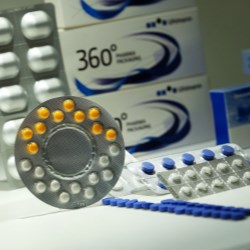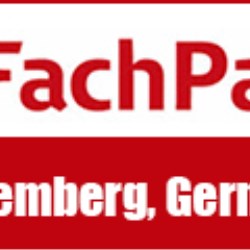If this is your company, CONTACT US to activate Packbase™ software to build your portal.
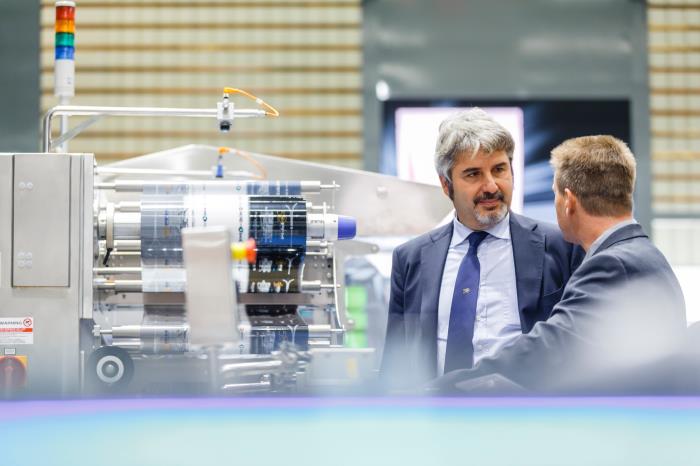

- Innovations in the packaging industry presented by FachPack
- Resource-saving through recycling
- Greater energy efficiency through smart solutions
Sustainability – also a key theme in the packaging sector. Smart product developments enable resources savings in the value-added chain. There are already numerous examples of this in the market, others are in the development pipeline. Innovations – be it in products, processes or services – are an elementary component of FachPack, the European trade fair for the packaging industry. From 27 to 29 September, Nuremberg will once again be the meeting place for inspiration and concrete solutions covering all aspects of packaging, technology, processing and logistics. At the last event, around 44,000 trade visitors entered an exchange here with 1,565 exhibitors on products and services in the packaging sector.
"Even if the term sustainability is today already somewhat overworked, we must not forget what it basically means – and it is indeed much more than just a current trend", says Director Exhibitions Heike Slotta. "This extremely important theme has reached the heart of society. The packaging sector is also making its contribution here: it is developing and offering solutions and alternatives. We will find them all at FachPack in autumn."
The measures apply to the entire value-added chain: packaging is being designed in a recycling-friendly approach in order to save resources and once again free up recyclable materials. In the mechanical engineering sector digitization is providing the basis for saving energy and reducing material consumption. And in logistics, products are being designed according to the "Cradle-to-Cradle" recycling management concept, for example pallets and boxes in recycled plastic or corrugated cardboard. In packaging printing in turn, LED-UV technology is saving energy in comparison to conventional UV lamps.
More value with less resources
Saving resources through recycling is a key strategy for achieving more sustainability in packaging. Particularly in the carton sector it is however important to reduce petroleum (mineral oil) migration – in other words, the transfer of petroleum from the packaging to the contents. One possible solution is a product innovation in which the volatile molecules are caught in order to prevent the migration of petroleum hydrocarbons on the entire packaging surface to the food. In this case the carton no longer requires any additional barrier coating.
A further approach being taken by the paper industry is to mix cellulose with plant-based residual materials in order to save fresh fibres. When residual materials from the product manufacturing process are used for packaging, the concept is particularly consistent. In this context one carton manufacturer has developed a bio-degradable and recyclable carton for a champagne box, in which grape residues are mixed with cellulose fibres. Overall, this method has enabled fresh fibre savings of over five tons.
Plastics are also essential material – not only in the packaging industry. Anyone who talks about organic plastics, differentiates between bio-degradable and (bio)organically-based materials. The first plastics such as cellulose, linoleum and casein were bio-based but not bio-degradable. However, degradable does not automatically mean that the materials are also compostable– that heavily depends on the bio-degrading conditions. Today the trend is towards long-life, organically-based materials which can be just as easily recycled as conventional plastics.
Additional benefits through sustainable methods
The developments and trends in the packaging industry show that the economical use of resources must not be in contrast with light packaging and convenient handling. In the meantime numerous barrier solutions are on the market, in which aluminium coatings have been dispensed with. Paper combined with plastics or organically-based plastics can have the same properties as aroma, water and oxygen barriers and as earlier multi-layer solutions with aluminium. Food safety and a longer life are key criteria in this area. The use of preservatives is reduced or can, if required, be avoided all together. A further effect: less food is thrown away when packaged products remain fresh even over longer storage periods.
Smart solutions increase energy efficiency
In the area of packaging printing, LED-UV technology is currently a powerful trend. In contrast to conventional UV spotlights with mercury vapour lamps, LED diodes only emit light from a tightly restricted spectral area. In addition to the energy efficiency, the lower heat build-up and the long life of LED-UV lamps are a further advantage: no ozone is generated and for that reason no extraction is necessary. In addition, with an LED-UV system, the UV function is immediately available after switching on completely removing the need for a warm-up phase.
The manufacturers of packaging machines also know that sustainable production processes for their customers are becoming the focus of increasing attention. Packaging materials consumption can be reduced through a lower foil thickness or the minimisation of margin strips and punch grids. Improved foil packaging systems facilities are so flexible that they can process both conventional as well as very thin or organic foil. Container strapping means that the previously customary shrinking foil is no longer required. Dispensing with the shrinking tunnel reduces energy consumption considerably, while the degree of pallet utilisation is also increased.
Smart management and optimisation technology, economical drive systems, compressors, ventilators and pumps are just some of the classic solutions used to save electricity, power and production facilities and also increase energy efficiency. Efficient motors, optimally adapted to the movements and acceleration processes of the machine, reduce power consumption. New sealing techniques protect the product to be packaged and considerably shorten process times.
In order to reduce the energy consumption of a deep-drawing packaging machine, one manufacturer has replaced compressed air-driven components with servo-motor drive systems. As a result, the motion sequences can be precisely regulated in relation to speed and opening width, which in turn contributes to increasing the machine’s efficiency and performance. Utilization of the packaging material is also improved through servo-motoric, mobile sealing and cutting stations. This reduces the gutters between the packaging along with the foil edges and foil wastage.
FachPach, one of the most renowned packaging fairs in Europe, will take place at the exhibition centre in Nürnberg from 27-29 September.
Photograph: © NürnbergMesse / Heiko Stahl











